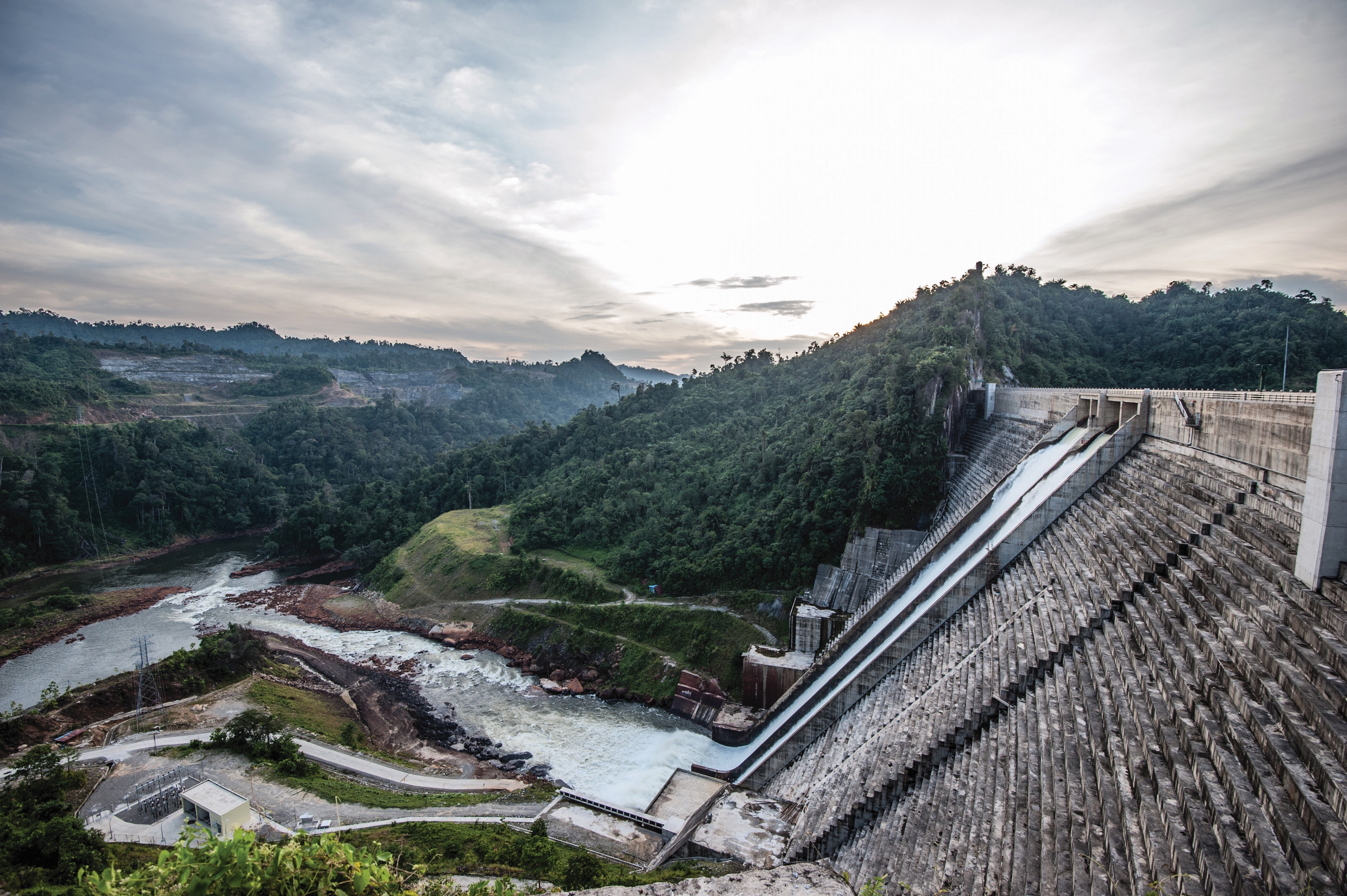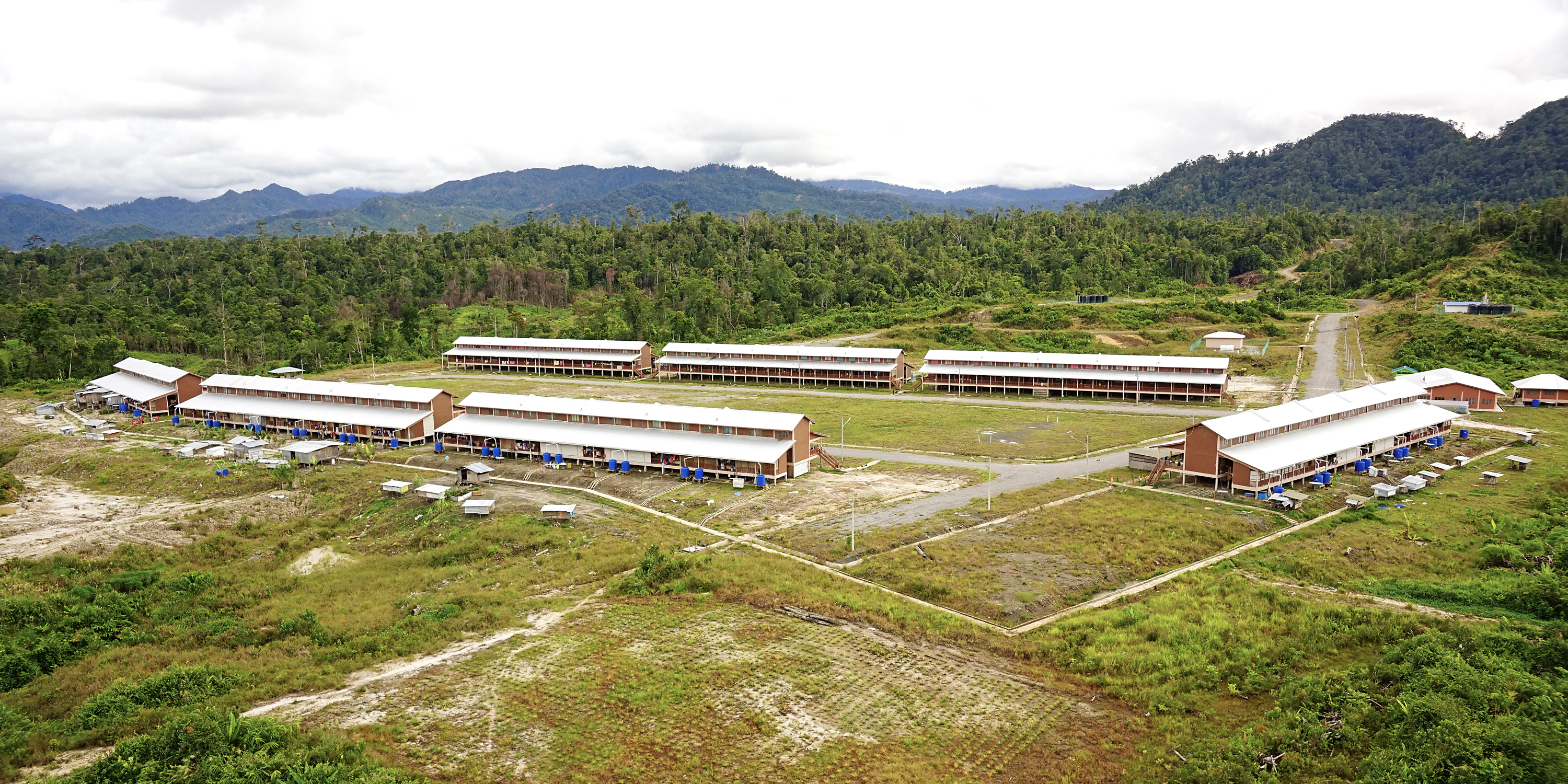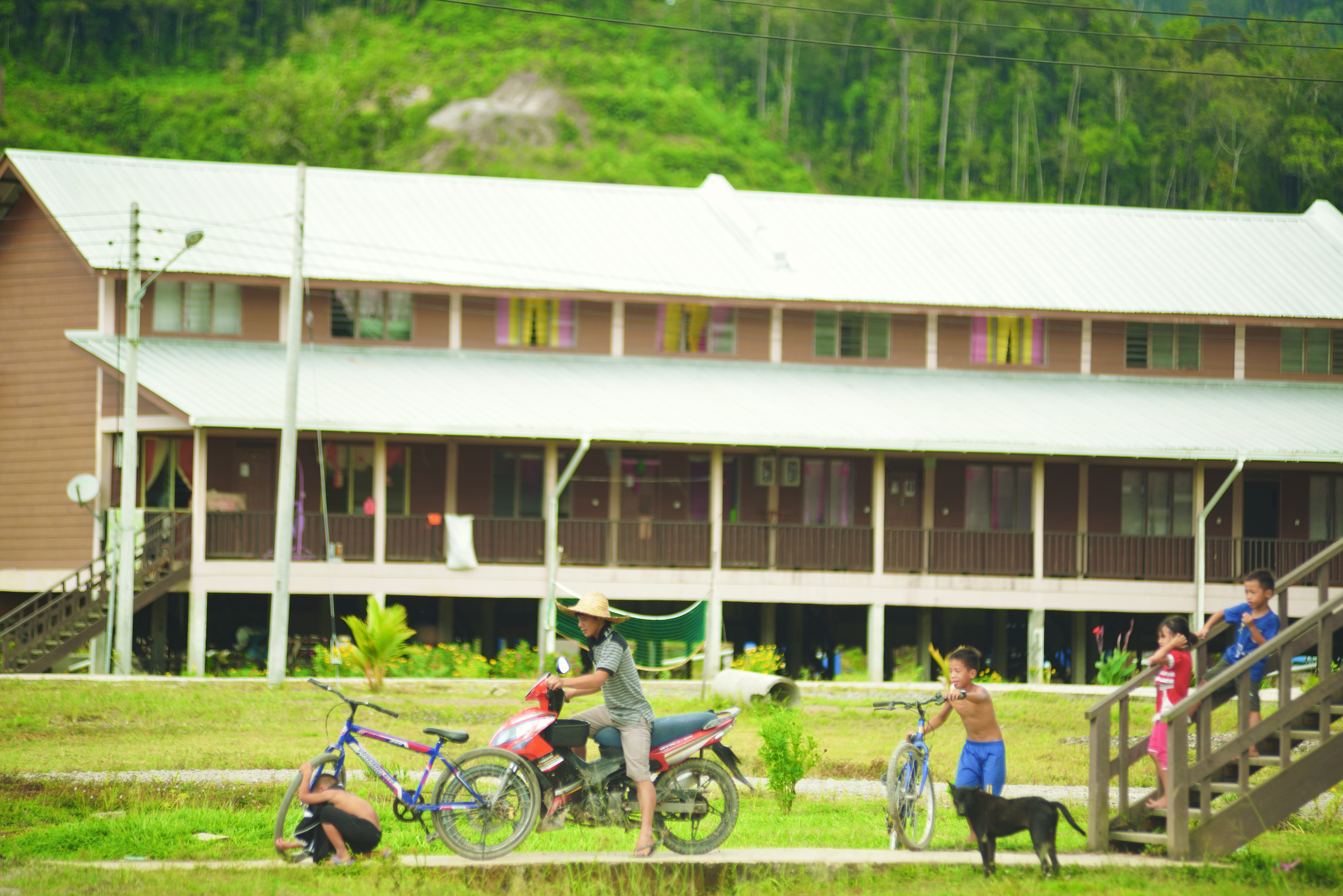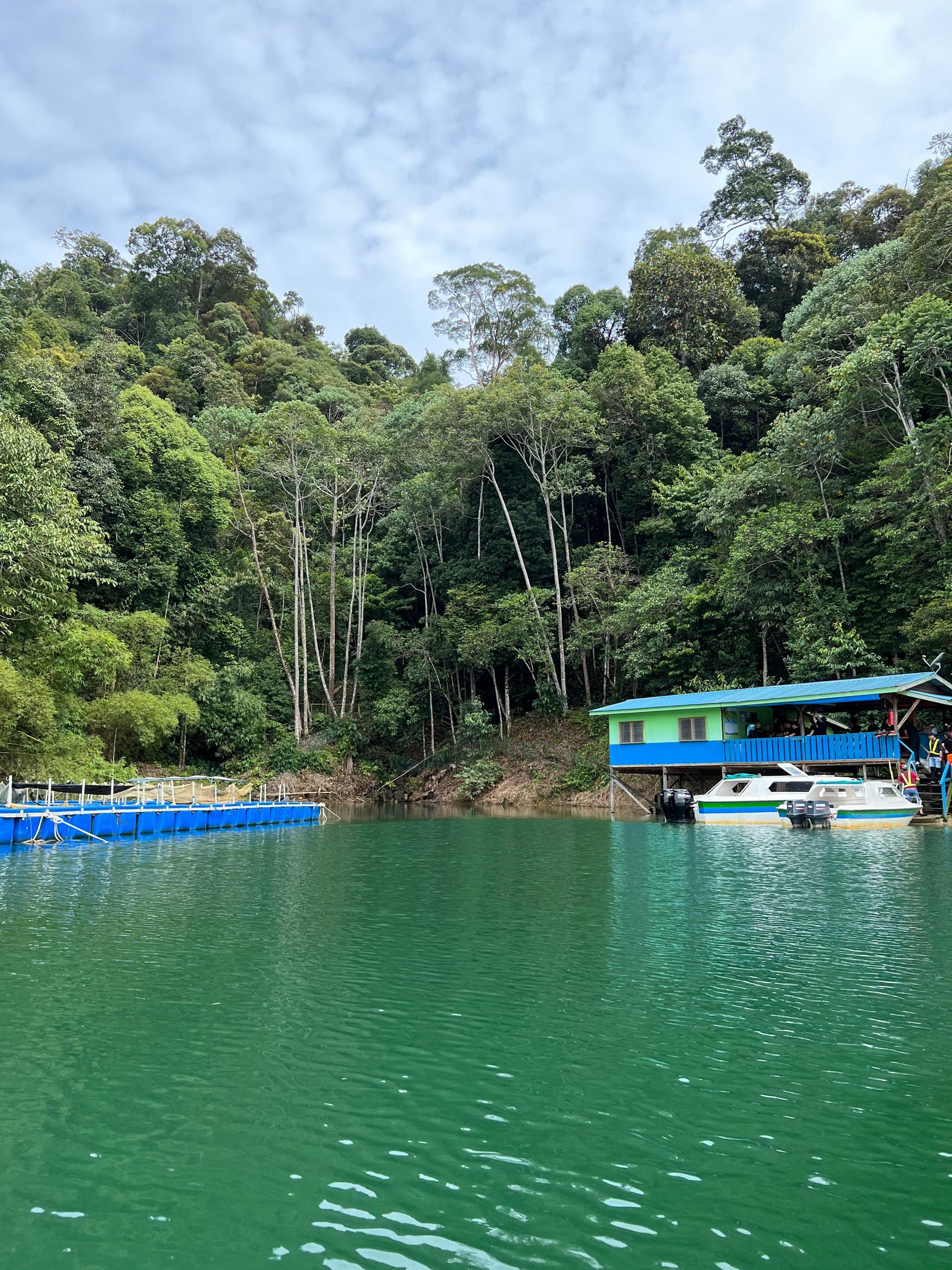

NEWS & UPDATES
ABOUT THE MURUM HEP
The Murum Hydroelectric Plant (HEP)
The 944MW Murum HEP, first commissioned in 2014, is in the Belaga District, Kapit Division. It is currently Sarawak’s second largest hydroelectric plant after Bakun HEP and represents the second large-scale sustainable energy project (following Batang Ai HEP’s commissioning in 1985) developed by Sarawak Energy on behalf of the Sarawak government.
The Murum HEP is a key component of the Sarawak Corridor of Renewable Energy (SCORE) initiative and subsequently the Post-COVID19 Development Strategy 2030 (PCDS2030), both of which aim to elevate Sarawak to high income status by harnessing its renewable energy resources. For Sarawak, renewable hydroelectricity remains the best option to power growth as it is much more cost effective compared to other forms of non-fossil fuel generated power.
All hydropower facilities operated by Sarawak Energy are guided by the International Commission on Large Dams (ICOLD) and the Hydropower Sustainability Standard (HSS). In addition to adhering to international hydropower construction standards as provided for by ICOLD in its construction, Murum HEP is operated with internal and external systems in place to monitor and maintain operations to ensure that facilities and operations remain within safe parameters at all times.


Commissioned in 2014, the 944MW Murum HEP includes an ecological feature designed to maintain water flow along the river stretch between the dam and the powerhouse.
Compliance and Environmental Standards
The development of the Murum HEP was conducted in compliance with the relevant state and national regulations and procedures. The Feasibility Report for the Murum HEP, submitted in 1994, outlined stakeholder concerns and resident population data.
Following the approval of the Environmental Impact Assessment (EIA) by the Natural Resources and Environment Board (NREB) in 2008, construction began in 2009. The EIA, required under Sarawak regulations, predicted potential impacts and proposed mitigating measures.
Community Engagements and Public Disclosure
Following completion of the EIA, plans for resettling affected communities were initiated, and a Social and Environmental Impact Assessment (SEIA) was conducted from October 2009 to March 2010.
The SEIA, consisting of four components, provided additional information to ensure compliance with international standards, particularly regarding community resettlement. The document informed the Resettlement Action Plan (RAP), addressing socio-economic impacts, livelihood options, infrastructure needs, compensation, and cultural heritage preservation.
The RAP and SEIA were publicly disclosed through the State Planning Unit Sarawak and the NREB, in accordance with applicable laws.
Human Rights and Resettlement
Sarawak Energy made intensive efforts to engage with and support the affected Penan and Kenyah communities prior to relocation as well as over the critical transition period as the communities adapted to life in their new areas. Sarawak Energy maintains a strong relationship with the community, ensuring that they have experienced significant benefits from the project, including improved quality of life and access to sustainable livelihood opportunities.
Prior to resettlement and as part of the process, engagements were carried out with the aim of understanding their concerns to improve living conditions and provide long-term benefits so that by the time impoundment began, resettlement and relocation processes were already underway, supported by corporate social responsibility (CSR) projects.
In addressing community concerns, Murum HEP’s original design was modified to incorporate a natural rock formation sacred to the local Penan community. While the initial plan involved cutting through part of the rock formation, the design was adjusted after feedback from the local community representatives. (Link)
The Human Rights Commission of Malaysia (SUHAKAM) final report in 2014 indicates that the government's efforts to enhance education and basic amenities in rural areas as crucial steps in bridging the gap between urban and rural communities. The report also acknowledges the collaborative efforts of Sarawak Energy and government agencies in addressing the challenges faced by resettled communities and ensuring sustainable living conditions.
Additionally, the benefits experienced by the communities — including improved housing and infrastructure and utilities, better access to education and healthcare, enhanced community services, and sustainable livelihood opportunities — demonstrates Sarawak Energy's commitment to responsible development and the positive impact of the Murum HEP project.
In partnership with the community, CSR programmes have also been developed such as the Murum Penan Literacy Programme to address low literacy rates amongst the adult resettled Penans, Murum Handicraft Development for sustainable livelihood, Murum Penan Education Fund to empower the youth and the Murum “Tagang” system which aims to conserve the area’s fisheries.




Impacted Biodiversity
Operating a renewable HEP leaves a smaller carbon footprint than equivalent fossil fuel power plants, capable of producing a large amount of power at one time, making it suitable to power Sarawak’s socio-economic growth sustainably and to achieve Sarawak’s ambition to achieve developed income status by 2030.
Extensive measures were taken to manage the impact on the aquatic and terrestrial ecosystem in the project area and promote biodiversity conservation. The construction and operational phases were monitored to ensure minimal impact on the surrounding ecosystems and on 18 April 2013, Sarawak Energy signed an agreement with Sarawak Forestry Corporation Sdn Bhd for the Wildlife Monitoring and Rescue (WiMoR) operation designed for the conservation of the wildlife, flora and fauna within the Murum HEP.
The initiative focuses on wildlife monitoring, habitat restoration, and supporting the long-term sustainability of local ecosystems. Under the WiMOR operation, the Murum Flora Conservation Garden Island was set up in 2015 to conserve native plant species in the reservoir area. An estimated 32,000 plants with around 12,000 tree seedlings have been relocated or planted at the reservoir area including on the island which covers approximately 1.4ha of land. Link

